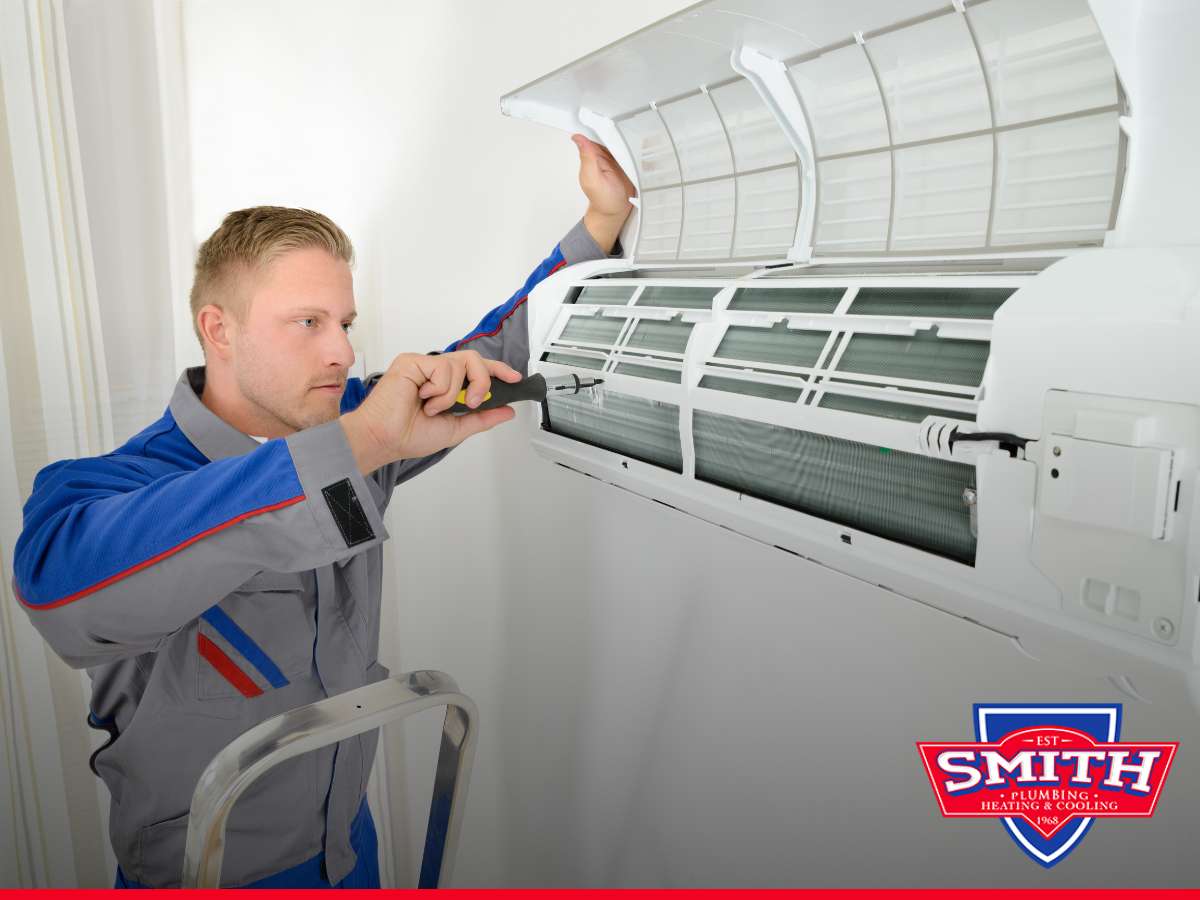Optimized Strategies For Efficient Air Conditioning & Energy Saving
In the scorching heat of summer, air conditioning becomes a lifeline for many households. However, the relief it brings often comes at a cost – a spike in energy bills. With rising concerns about energy conservation and the environmental impact of excessive energy consumption, it becomes imperative to explore ways to use air conditioning efficiently without compromising comfort. We will delve into practical and effective strategies to reduce your energy bill while still enjoying the benefits of air conditioning.

Enhancing Air Quality & Efficiency: The Importance Of Air Filter Maintenance
The initial and paramount measure in ensuring the efficient utilization of your air conditioning system revolves around a meticulous approach to air filtration. Whether your AC unit boasts an integrated filter or you have a distinct one incorporated into your ductwork, the pivotal recommendation is to change it at regular intervals, precisely every six months. Elevating this routine maintenance task is the selection of high-quality filters, which must be diligently maintained, ensuring their pristine condition, and devoid of any debris.
Air filters serve as the frontline defense against the intrusion of dust and dirt particles into your living space. Remarkably, they possess the capability to ensnare particles as minuscule as 0.3 microns, encompassing up to 90% of these potentially detrimental elements. However, to harness this efficacy consistently, adherence to a disciplined schedule of replacement is imperative. Utilizing a dry cloth for the cleansing of the existing filter is advised, with a stringent admonition against any contact with water or damp air.
The frequency of filter replacements may need to be adjusted for households with pets or individuals susceptible to allergies. In such cases, vigilant monitoring of the filter’s condition becomes indispensable, potentially warranting more frequent replacements than the standard biannual recommendation. If a discernible decline in the air conditioning’s cooling efficacy is noted, the prudent first course of action is an examination of the air filter, as its compromised state could be the primary culprit.
Implementing Advanced Temperature Control Systems For Energy Efficiency
In the pursuit of energy conservation and cost reduction, the integration of a smart thermostat or AC controller emerges as a prudent strategy. A thermostat, an electronic apparatus designed to regulate the temperature within a structure, has evolved into a sophisticated tool in contemporary times. Many modern thermostats are now intricately connected to the internet, boasting a plethora of features that extend beyond basic temperature adjustment.
Smart Thermostats: A Technological Leap Forward
Among the cutting-edge advancements in this realm is the advent of smart thermostats, representing a revolutionary leap in technology. These devices facilitate remote management of Heating, Ventilation, and Air Conditioning (HVAC) systems, offering users seamless control through their smartphones or tablets. The multifaceted capabilities of smart thermostats include occupancy sensors, enabling automatic activation or deactivation when a space is unoccupied, humidity sensors to curtail air conditioning during elevated humidity levels, Wi-Fi connectivity for programming flexibility from any location, and geofencing capabilities, allowing scheduled activation based on specific times and days.
Programmable Thermostats: A Conventional Yet Viable Option
In parallel, programmable thermostats, though considered by some as traditional, remain a viable option for those seeking a more hands-on approach to temperature control. Unlike their smart counterparts, programmable thermostats necessitate manual programming by either the user or a technician. This involves configuring settings for various modes such as heating, and cooling, and differentiating between heating and cooling days. While programmable thermostats lack the advanced connectivity features of smart devices, they cater to homeowners who prefer a more deliberate and involved approach to managing their home environment.
Strategic Deployment For Optimal Efficiency
Deploying these advanced temperature control systems strategically can yield substantial benefits in terms of energy efficiency and cost savings. The remote access, scheduling, and geo-fencing features inherent in smart thermostats empower users to orchestrate their HVAC systems with precision, ensuring optimal conditions only when necessary. This not only minimizes energy consumption but also aligns with contemporary demands for environmentally conscious living.
Optimizing Comfort & Efficiency: The Art Of AC Temperature Setting
Achieving optimal comfort while simultaneously ensuring energy efficiency demands meticulous attention to the temperature settings of your home’s air conditioning system. The careful calibration of these settings is pivotal in striking a balance between comfort and resource conservation.
Establishing The Ideal Temperature
The recommended benchmark for AC temperature is 78 degrees Fahrenheit. This temperature can be aligned with your home’s standard or tailored according to body temperature. The fundamental objective is to maintain a comfortable indoor environment while judiciously managing energy consumption. Additionally, for those utilizing air conditioning frequently, especially during sweltering summer months, investing in an Energy Star-Certified unit is advisable. These units exhibit a commendable energy-saving performance, consuming up to 10 percent less energy than their non-certified counterparts, without compromising cooling efficiency.
Right-Size AC For Optimal Efficiency
To curtail energy expenses, it is imperative to ensure that the AC unit is proportionate to the roomsize. Employing a room calculator aids in determining the most suitable AC size for your space. In scenarios involving multiple rooms, the consideration of deploying several smaller units instead of a singular large unit proves advantageous. This approach not only facilitates the use of more energy-efficient models but also contributes to an overall reduction in electricity costs.
AC Usage In Unoccupied Spaces
An elementary yet often overlooked practice is the deliberate shutdown of the AC when unoccupied. If equipped with a programmable thermostat, configuring it to activate the AC 30 minutes before anticipated return times in the evening and an hour before expected morning returns ensures a comfortable indoor temperature upon arrival. This strategic scheduling has the potential to yield up to a 20% reduction in energy bills. For extended periods of absence, such as weekends or vacations, incorporating a timer switch can lead to even greater savings, reaching up to 40%.
Expert AC Solutions At Your Service: Smith’s Plumbing
Efficient air conditioning usage entails vigilant monitoring of energy consumption and prompt adjustments. Implementing the aforementioned tips ensures optimal performance throughout the summer. Should complications arise, seek solutions near you.
Our specialists at Smith’s Plumbing possess over 50 years of experience in AC repair and installation, offering competitive pricing and impeccable workmanship. Trust us to identify and address any issues, guaranteeing your air conditioning system operates seamlessly. Contact us now!


